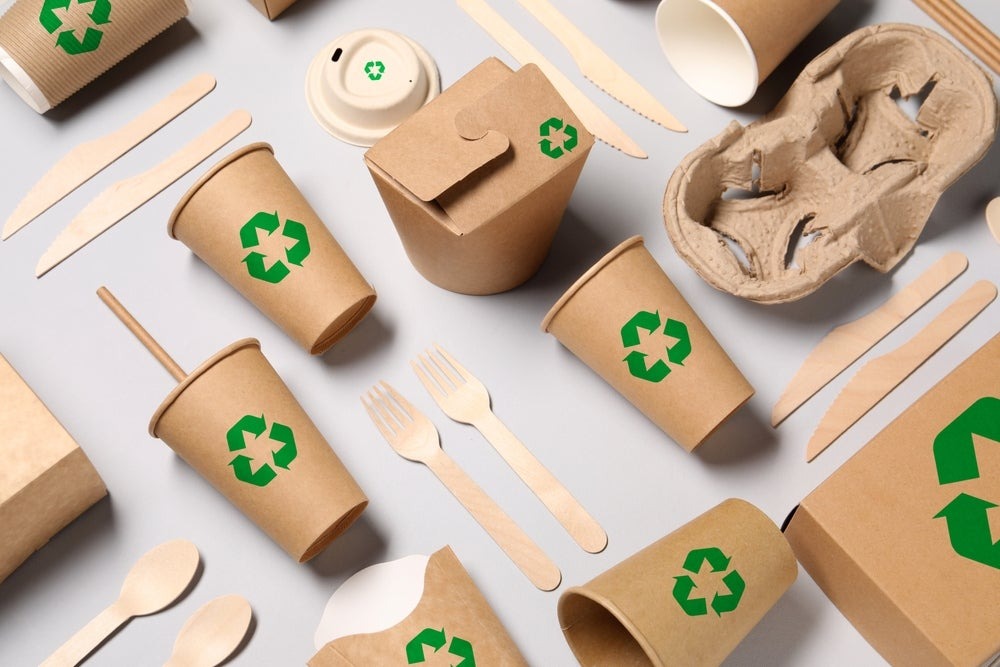Paper packaging is widely recyclable and one of the most commonly recycled materials worldwide, but its recyclability depends on composition and cleanliness.
Understanding Paper Packaging Recycling
Paper packaging is generally accepted in recycling programs globally due to its biodegradable and renewable nature. However, its recyclability can vary depending on the presence of coatings, contaminants, or mixed materials. Clean, uncontaminated paper and cardboard are the easiest to recycle.
Common Types of Recyclable Paper Packaging
- Paper and Cardboard: Widely accepted if they are clean and free from excessive contamination.
- Paper Packaging: Includes bags, boxes, and wraps that are not laminated or coated with plastic.
- Corrugated Cardboard: Shipping boxes and cartons are highly recyclable when flattened and free from tape or glue.
- Paperboard Cartons: Such as milk or juice cartons, which are recyclable after processing.
Best Practices for Recycling Paper Packaging
- Empty and Flatten Boxes: Ensure boxes are empty and flattened to save space and improve recycling efficiency.
- Remove Non-Paper Components: Take off plastic windows, tape, or any other non-paper attachments before recycling.
- Keep Paper Clean: Avoid recycling heavily soiled or greasy paper products, as contamination affects the recycling process.
- Check Local Guidelines: Recycling rules differ by location, so consult your local waste management authority for specifics.
The Role of Paper Folding Machines in Paper Packaging
A paper folding machine is vital in manufacturing paper packaging products. It automates the folding of paper sheets into boxes, envelopes, and other packaging forms with precision and efficiency. This automation reduces material waste and ensures consistent quality, enhancing the recyclability of the finished product.
How Paper Folding Machines Work
Paper folding machines process sheets of paper or cardboard through rollers and folding plates to create specific packaging shapes. These machines can handle various thicknesses and finishes, making them adaptable to different packaging needs. They play a crucial role in producing recyclable and sustainable paper packaging at scale.
Why Recycling Paper Packaging Is Important
Recycling paper packaging conserves natural resources, reduces landfill waste, and lowers greenhouse gas emissions by minimizing the need for virgin pulp production. It supports a circular economy where materials are reused, reducing environmental impact.
Conclusion
Paper packaging is recyclable in many places, especially when clean and properly sorted. Following best practices like flattening boxes, removing contaminants, and adhering to local recycling guidelines helps maximize recycling success. With manufacturing support from modern paper folding machines, sustainable paper packaging continues to be an environmentally responsible choice.
Post time: Aug-08-2025




